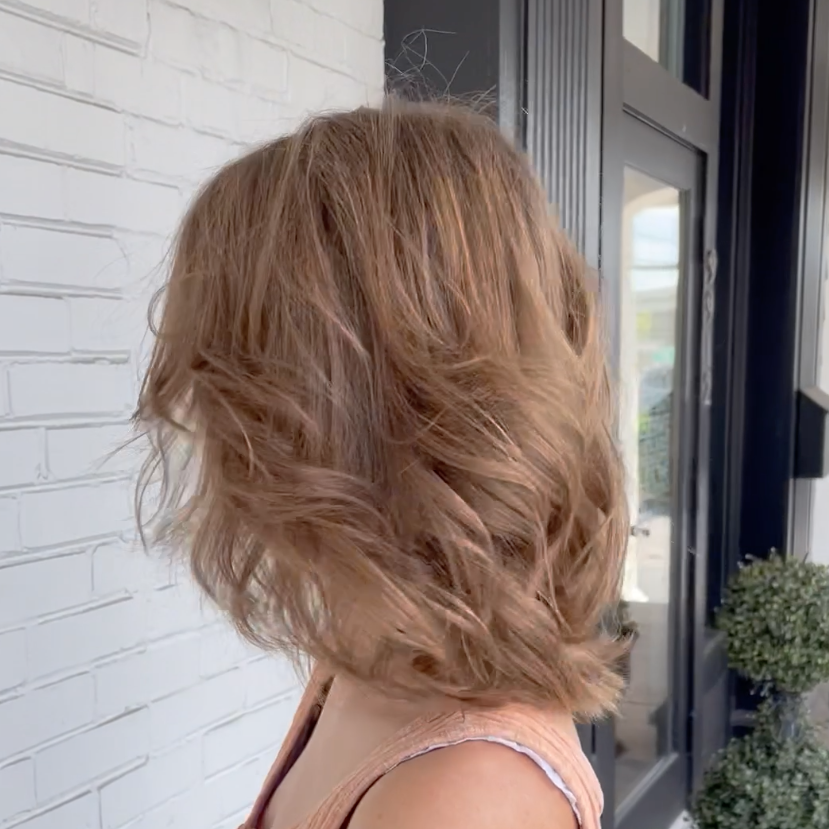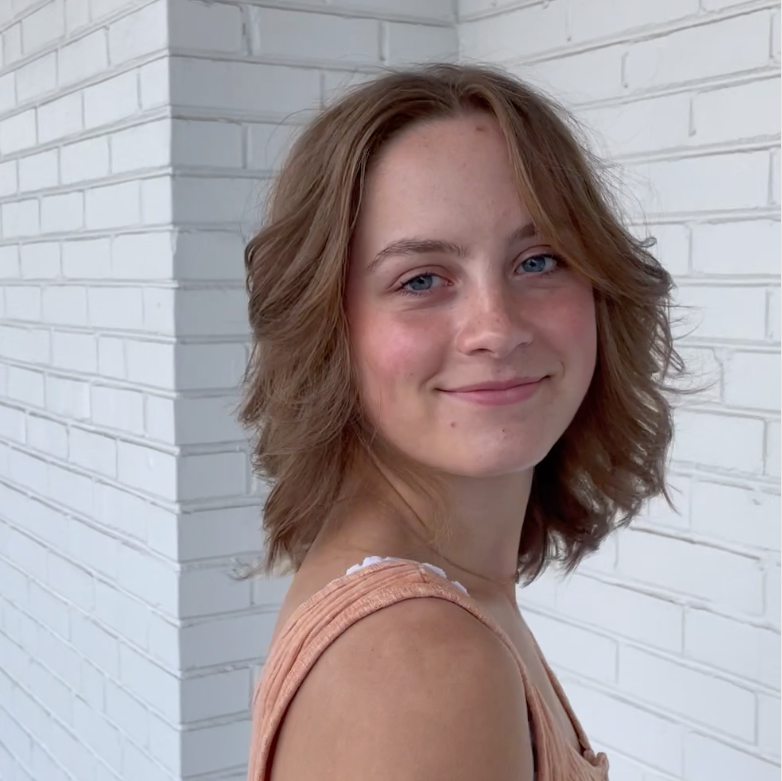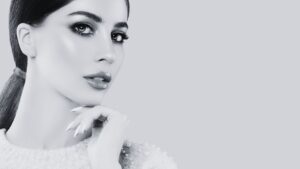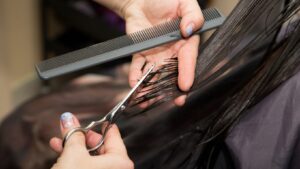Have you ever asked for a layered cut and been disappointed with the results? Not all layers are created equal! A hairstyle is three-dimensional, so it’s not just about what you see on the top layer of hair.
Understanding the effect of getting internal layers of hair cut, versus just the external layers, can help you not only choose a style that achieves what you want, but find a stylist who knows how to work with layers. And once you find a stylist with the skill and expertise, you’ll be better able to communicate your vision to them.
External Layers for Dimension, Shape, and Movement
External layers are the ones that you see on the hair’s surface. These are visible and help create the silhouette of the shape and add movement to the style.
Most styles incorporate both internal and external layers to some extent. Although something like a blunt bob might use only internal layers to strategically build volume at the crown. A wolf cut, on the other hand, is all about the visible layers from the crown down to the ends. A good professional stylist pays attention to both layers, knowing how they work together, no matter what style you’re going for.
Internal Layers for Volume and Structure
Internal layers are sometimes called “ghost layers” because they build the internal shape that you can’t see. The stylist lifts the hair to cut layers underneath. Shorter sections beneath the surface add lift in strategic places, helping to support the shape of a haircut.
When Your Layered Cut Doesn’t Measure Up
There are a lot of ways that cutting the wrong types of layers in hair—or not appreciating the differences—can result in a less-than-perfect cut. The style can look flat. Or the layers might not blend, instead looking choppy or obvious. Even a wolf cut, which is meant to look tousled and effortless—even a bit shaggy—takes a lot of skill to get right.
If layers are cut too aggressively they could end up giving a “bowl” effect instead of the lift you wanted. Another common error is removing or thinning too much while trying to texturize the hair.
Sometimes it is even just a matter of using the wrong tools. Shears, texturizing shears, and razors all can work, but they don’t all work the same. The right tool depends on the hair’s texture and the look that you’re trying to achieve.

The ideal layered cut takes into account the entire head of hair—the external or top layer of hair as well as the internal hair underneath. A good cut will have dimension and shape on the surface with the help of internal layers creating texture and fullness where needed. It should lay properly and look good with minimal styling.
The Right Technique Makes All the Difference
It might surprise you to learn that only a small percentage of stylists in America learn the proper technique to cut both internal and external layers. It is a specialty that we’re happy to offer at Vakkar Salon. David trained under a stylist at a top Manhattan salon and continues to expand his education, perfecting his technique. He teaches all of the core principles to his understudies at the salon.
“Once they grasp the concept,” says David, “I let them run free!”
Get the Cut You Want
Vakkar Salon stylists consider not only a client’s hair and face, but also their lifestyle. How much time do they want to spend styling their own hair? Will they be able to achieve the look once they leave the salon?
A layered cut can work on any hair texture and face shape, but that does not mean that the same cut will look great on both you and your BFF.
It’s important to find someone who understands which haircuts work best for each individual client. A skilled stylist will know what will look great on you. And they’ll have the experience to know how to use internal and external layering to create a style that is uniquely yours!




